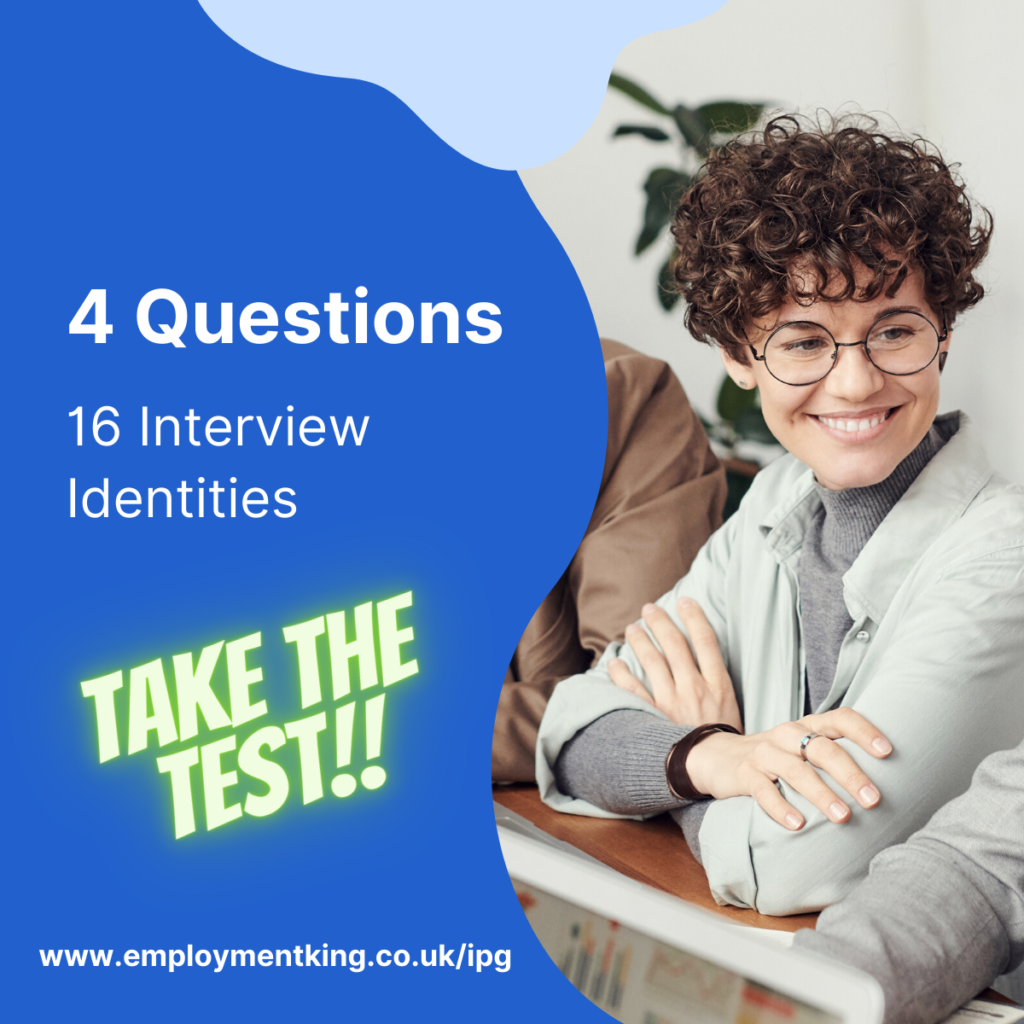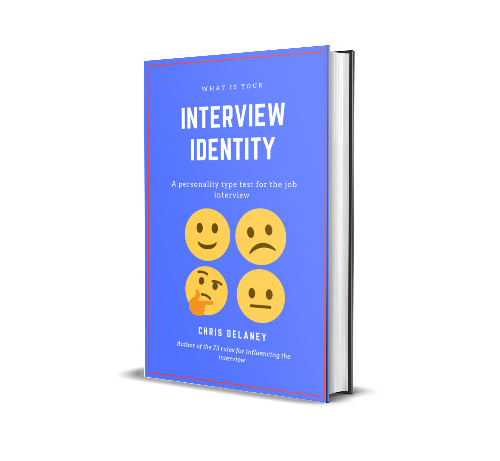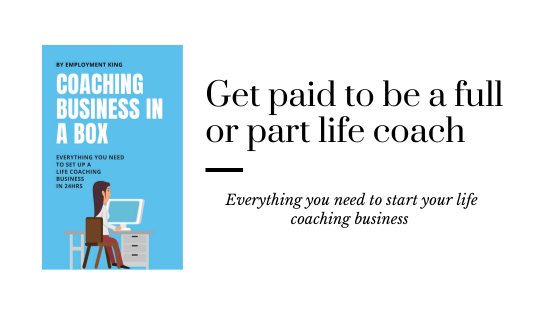Job interviews serve as critical gateways to employment opportunities, helping employers assess the skills and qualifications of potential candidates, while at the same time, allowing job applicants to showcase their suitability for the advertised job position.
However, beneath the seemingly objective facade of a fair interview lies the lurking shadow of bias, which can significantly impact hiring decisions.
Unconscious biases, stemming from preconceived notions and stereotypes, may inadvertently influence interviewers’ scores given to each job applicant.
This subconscious manipulation of interview data can often lead to the most suitable interviewee not being offered the role. This is because, the brain, to save time and energy, doesn’t allocate the same level of attention to each decision.
Understanding biases, how there are formed, and the various types of unconscious biases, can help foster a more inclusive and diverse workforce, who possess the required skills, qualities, and experiences required for a competitive organisation.
Understanding Bias in Job Interviews
Much research has shown how a structured job interview, the asking of predetermined interview questions to all candidates, with answers being assessed against a scoring criteria, is the best way to predict the job performance of each job applicant.
The flaw in the system is humans’ natural shortcut to decision-making, using generalisations, stereotypes, and beliefs based on previous experiences, which we call unconscious bias.
Bias refers to the inclination or prejudice towards specific individuals or groups, often stemming from implicit assumptions or stereotypes rather than objective judgment.
In a job interview, biases can arise from a myriad of factors, such as gender, race, ethnicity, age, appearance, and even the candidate’s surname. Other influencers include subtle aspects like accents, mannerisms, the interviewee’s choice of outfit, their perceived attractiveness (what is beautiful is good bias), or their confidence level.
Biases can lead to unfair treatment, discriminatory practices, and the exclusion of qualified candidates from job opportunities. This not only hampers individual career growth but also perpetuates inequalities in the workplace.
The average cost of a bad hire is up to 30% of the employee’s first-year earnings.
Source: Apollo Technical
Different Forms of Bias in Job Interviews
Halo and Horn Effect
The halo effect occurs when one positive attribute or impression about a candidate influences the interviewer’s perception of their other qualities.
Conversely, the horn effect works oppositely, wherein one negative attribute overshadows the candidate’s positive traits.
An example of the halo effect is when a job applicant has recorded the name of a prestigious university they attended on an application form. The interviewers short cut is ‘name of the prestigious university = intelligence’
This bias could be true, the candidate who attended a well-known higher education establishment may well have gained high grades, but without further inquiry, the truth could be much different:
- the applicant may have failed the exams
- the qualification is in an unrelated industry
- the student may have only just passed the qualification
A late interviewee could be affected by the ‘horns effect’. Being late for an interview is seen as a huge negative: ‘if you can’t turn up on time for an interview, then you are likely to be late once employed’.
Is a late applicant always a bad worker? What if the lateness was caused by an unlikely situation, like a crash on the motorway which resulted in the police closing down the motorway, does the ‘lateness equals a poor worker’ still apply?
Similarity Bias
The likability factor of a candidate increases if an interviewer finds a similarity between themselves and the applicant.
Similarity bias is common as humans create ‘in and out’ groups, and those that are in are in because they possess a similarity to the interviewer.
Humans are highly motivated to see themselves and those who are similar in a favorable light.
Source: neuroleadership
Interviewers may favor candidates who share similar backgrounds and experiences, inadvertently sidelining candidates from diverse backgrounds.
Similarities can include:
- Sense of humor
- Similar in appearance
- Thought processes/belief systems
- Cultural
- Hobbies and interest
When it comes to the similar-to-me effect, this prototype is often our perception of ourselves. For example, if you wear glasses and believe that you are intelligent, when you see someone wearing glasses, you will think that they seem intelligent.
Source: the decision lab
Confirmation Bias
Once an opinion has been made, it is hard for that person to change their outlook.
Interviewers with a strong belief ‘this person doesn’t seem suitable for the role’ will, according to confirmation bias, seek information that confirms their preconceived notions about candidates’ abilities, rather than making an objective evaluation from their interview answers.
Confirmation bias in a job interview can be positive or negative, depending on the employer’s initial appraisal of the candidate which includes information from the Halo or Horns effect, similarity bias, and stereotypes.
Philosophers note that people have difficulty processing information in a rational, unbiased manner once they have developed an opinion about an issue
Source: britannica

Unconscious Stereotypes
Stereotypes, deeply ingrained in societal norms, can seep into the interviewer’s judgment, affecting the assessment of candidates from different demographic groups.
As an example, careers can be gender biased. The unconscious stereotype is ‘men or women are better suited to a particular job role’.
There is a general consensus in managerial and sociological research that certain occupations are gendered. For example, public relations, nursing, and teaching are considered “female-gendered” occupations, whereas stock trading, engineering, and construction are considered “male-gendered” occupations.
Gender and the Economy
Even when an interviewer doesn’t truly believe the stereotype, the ingrained belief system has a subconscious influence on the employer’s decision-making process.
As mentioned previously, the structured job interview, the set of predetermined interview questions that are scored against set criteria, is easily influenced.
It’s common for the scoring process to be on a scale, let’s say a scale of 1-4, with points being the highest scoring answer, the answer that meets the job criteria in full.
Biases and stereotypes can influence the allocated score. If two applicants, one male, and one female, apply for a perceived masculine or feminine job role, the interviewer is likely to score the same answer one point higher or lower than the applicant with the opposite gender.
As the three highest-scoring interviews only have one or two points between them, being scored higher or lower for even one interview answer can be a deciding factor in who is offered the vacant position.
Mitigating Bias in Job Interviews
Many organisations are working hard to overcome the recruitment bias problem. Initially, human resource teams undertook mandatory unconscious bias training, which didn’t have a positive effect
The evidence against unconscious bias training is mounting. One recent meta-analysis of over 490 studies found that whilst training might raise awareness in a couple of weeks following, it did not lead to long-lasting behavioural change.
Fair HQ

Other research shows that voluntary attendance at unconscious bias training had a better outcome.
Instead, employers reflected on their interview processes and found ways to remove potential bais from the recruitment system.
- Standardize the Interview Process
As previously discussed, the most common form of the interview process is the structured interview format with a set of predetermined questions, ensuring that all candidates are evaluated based on the same criteria.
Previous to this, and still used in many organizations, is the ‘informal’ job interview. Asking ad-hoc questions to ‘get to know’ the applicant, and their values, behaviors, and temperament.
Much research has concluded that the most accurate way to predict the performance of potential employees is via the structured job interview.
- Blind Application
Conduct “blind” interviews by removing identifying information like names, gender, and educational institutions from job application forms.
The ‘blind’ application removes the halo and horns effect that could be created from the name of a university, the applicant’s age, or any commonality with the interviewer.
Having a ‘blind’ application allows the interview panel to focus solely on candidates’ qualifications, experiences, and qualities for the advertised job role.
In some companies, the person interviewing the applicant is different from the staff member who read and approved the job application forms.
- Diverse Interview Panels
Form diverse interview panels to bring a range of perspectives and reduce the influence of individual biases.
In large organizations, it’s common to have three or four interview rounds, where similar questions are asked by different interviewers. The interview answers, from all the interview rounds, are then analyzed and reviewed.
- Interview Times
The timing of the interview influences the interview outcome. Interviewers are tired at the end of a long day of interviewing or commonly feel more drained after dinner. To overcome the time problem, interviewers can interview just two applicants a day over a 5 day period instead of squeezing 10 interviews into one day of interviewing.
Another helpful solution is interviewing practice. Many interviewers are untrained and nervous. The first interviewee is affected by this, as the interview panel is less familiar with the interview questions at the start of a day of interviewing.
The number of follow-up questions, or their natural process for scoring the applicants, differs from the first to the last interview. Being able to practice asking structured job interview questions helps improve confidence through familiarity.
Periodically review and update interview practices, aligning them with the organization’s diversity and inclusion goals.
Recognizing and confronting bias in job interviews is crucial to building an inclusive and diverse workforce.
By understanding the different forms of bias, implementing strategies to mitigate its influence, and redefining the hiring process, organizations can pave the way for fairer, more equitable hiring practices.
Embracing diversity not only enriches the workplace but also fosters innovation, creativity, and ultimately, success for businesses in the ever-evolving global landscape.






